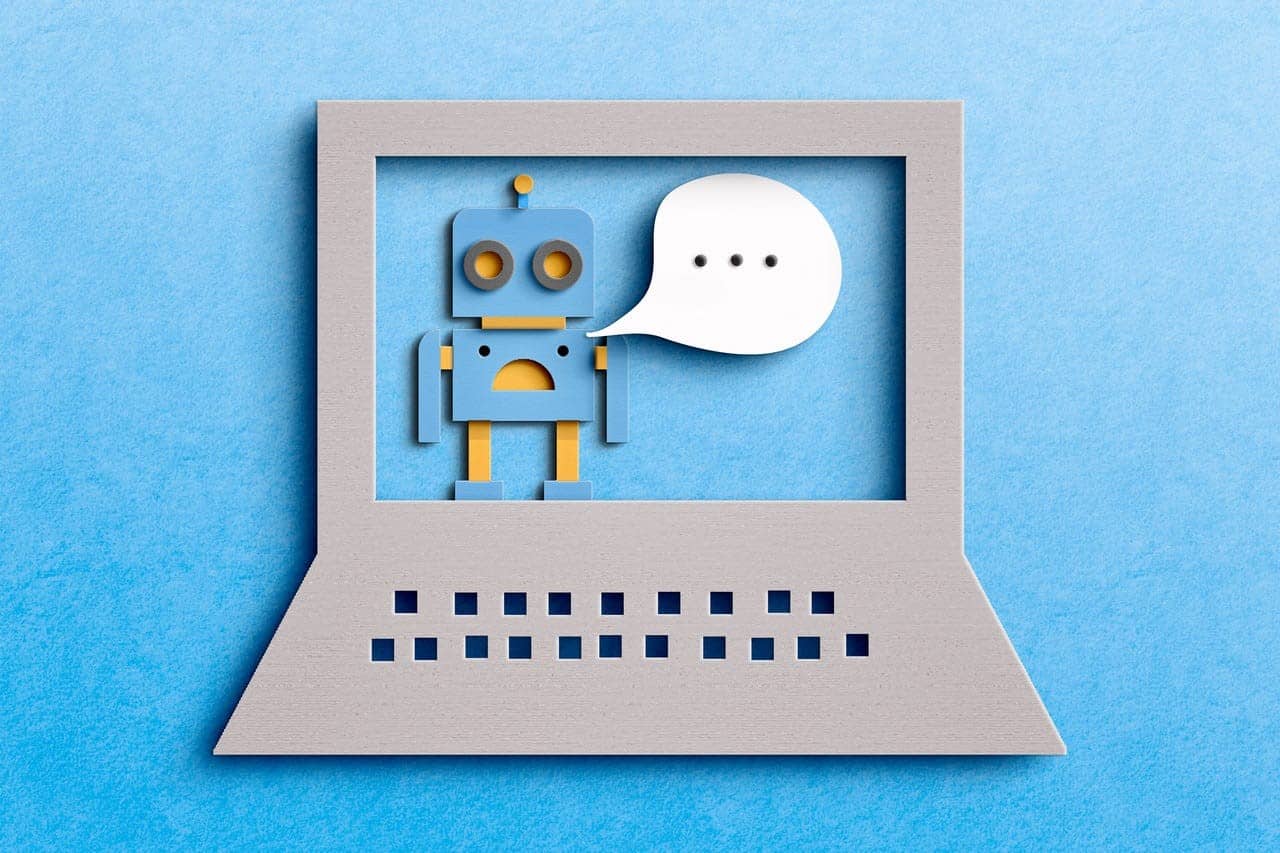2022 was a great year for research into advanced computing. The company OpenAI (https://openai.com) made DALL-E and ChatGTP open to the public. DALL-E generates digital images from natural language descriptions. ChatGTP is a chatbot that generates written responses to natural language queries.
Both systems use a Generative Pre-trained Transformer (GPT) model, a machine learning model that is trained using what OpenAI refers to as a “semi-supervised” approach that includes two stages: an unsupervised “pre-training” stage in which a language modeling objective is used to set initial parameters, and a supervised discriminative “fine-tuning” stage in which the initial parameters are adapted to a target task, such as generating digital images or text.
Commentators have expressed delight and awe at the performance of these two systems. Others have expressed concern about the potential for such systems to be used inappropriately (such as machine-writing school essays), or to displace humans from certain work or artistic creation. We note that similar reactions have often followed the introduction of new tools during at least the last two centuries.
Our experiments with ChatGTP have been informative. As an indication of the state of the development of natural language processing, ChatGTP is an impressive innovation. However, like any tool, it is best wielded by experts. We asked ChatGTP whether it could write a patent application, and it responded appropriately: “Ultimately, the best way to ensure that a patent application meets all of the necessary requirements and has the best chance of being granted is to work with a qualified patent attorney or agent who has experience in preparing and prosecuting patent applications.”

